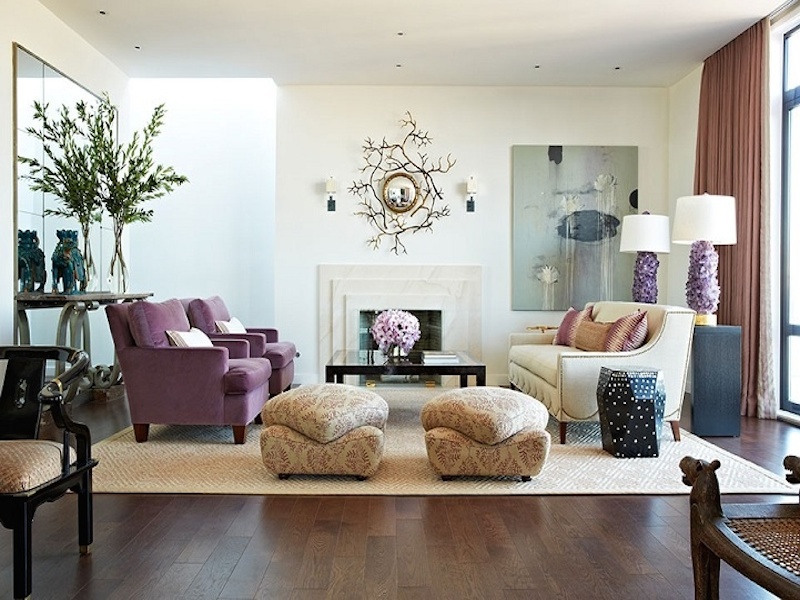Balance in design is very much like balance in life.
It’s a bit of a cliché, but I can’t possibly begin without mentioning the staggering feats of equilibrium we see every day: a mound of teetering boxes minimally fastened by a bit of rope to a motorbike that carries them; huge panes of glass standing vertically on the back of the bike, held in place by the passenger; boxes stacked so precariously high you’d be forgiven for wondering where the driver fits. Balance is something we know to be crucial in our lives, and it’s similarly imperative in our living environments.
All of the components of design we’ve discussed in previous design advice columns have visual weight. The general rule is that larger, darker and bolder pieces are visually “heavier”. In interior design, these elements are generally balanced either symmetrically, mirrored exactly along a center line, or asymmetrically distributed in such a way that considers the visual weight of individual elements.
As with many other design concepts, the easier route is also the more traditional one — symmetry is found in the human form, and is therefore calming and comfortable. It can also feel static and boring. Asymmetrical balance is more exciting, can be downright dramatic, but is also harder to achieve successfully.
Balancing act
The Anne Hepfer designed living room is a beautifully subtle example of asymmetrical balance. The center of the space is anchored by perfect symmetry — a large square coffee table, mantle and decorative mirror with a pair of sconces and a pair of ottomans to round it out. As your eyes continue towards the outside of the room, you’ll notice that the form of the sofa is reflected by two generously scaled purple armchairs, which are balanced in color by the agate lamps opposite. And the oversized mirror on the left is really a stroke of genius — it beautifully echoes the floor-to-ceiling windows on the right side, creating an illusion of symmetry.
A well-chosen piece of art could have balanced the visual weight of the window and drapery, but mimicking the material and light in this way is even smarter.
Imagine some alternate decisions Hepfer might have made, and how they would affect the overall look.
The fireplace mantle’s simple lines are appointed in a soft, creamy marble with minimal veining, so that it nearly fades into the wall color. How would the room feel different if it had been done in a darker material, or a more visually obtrusive design? The same applies to the rug, with its soft white color and subtle, consistent texture. Keeping these two elements understated allows the visually heavier pieces in the room to really sing.
The lone accent table next to the sofa has no exact match on the other side of the room, but it works because of its petite size, and the visually strong accessories on the console at left, made Ann Hepfer even heavier visually by their reflection in the mirror. Would the space work as well if the designer had used a more traditional full-sized end table?
A great way to play with balance and visual weight in your own home is by working with smaller vignettes, the styling of a specific area. A console or credenza placed against a wall is a perfect example. Start with symmetry — a pair of buffet lamps, a mirror or piece of art hung at center, and a small chair on either side.
This is a formula that will exude elegance and style and is hard to get wrong. On the other hand, a single stunning lamp on one side can be beautifully balanced by a trio of candlesticks or small vases on the other, offset against the art. Just be sure that you’re paying attention to the visual weight of each element. For more examples and inspiration, search Pinterest.com for “hallway vignette”.
As an interior and furniture designer for Austin Home Interiors, McNeill Shiner is always looking for new ways to mix styles and influences to create spaces that are uplifting, comfortable and very personal.





